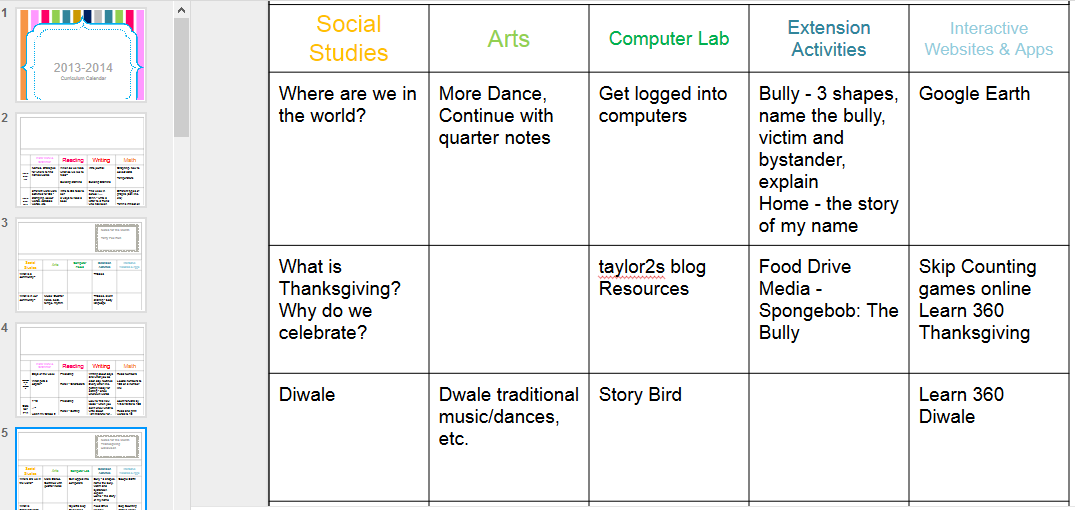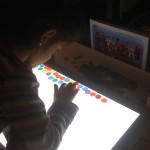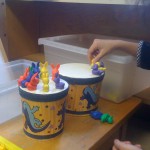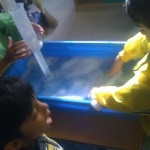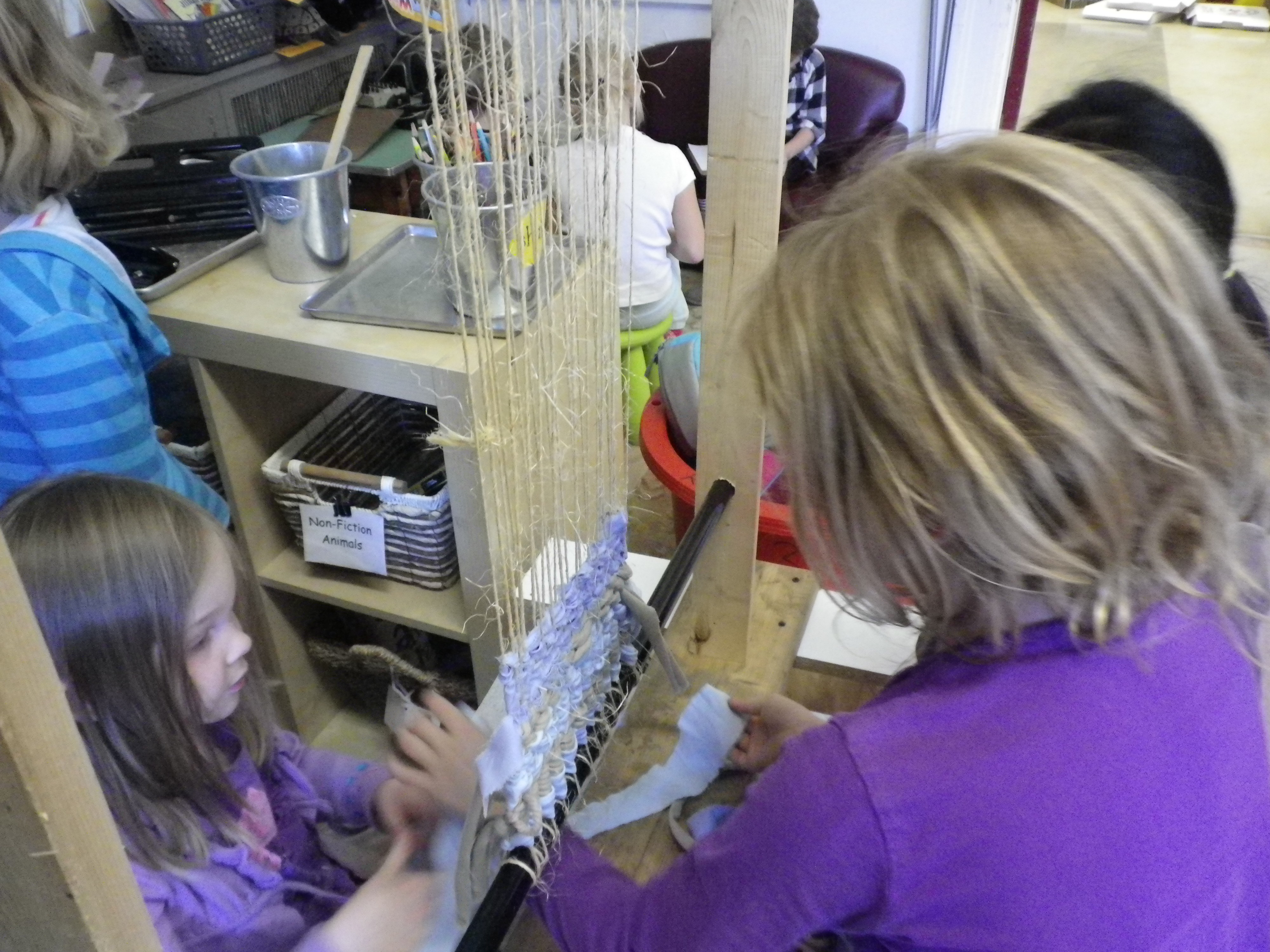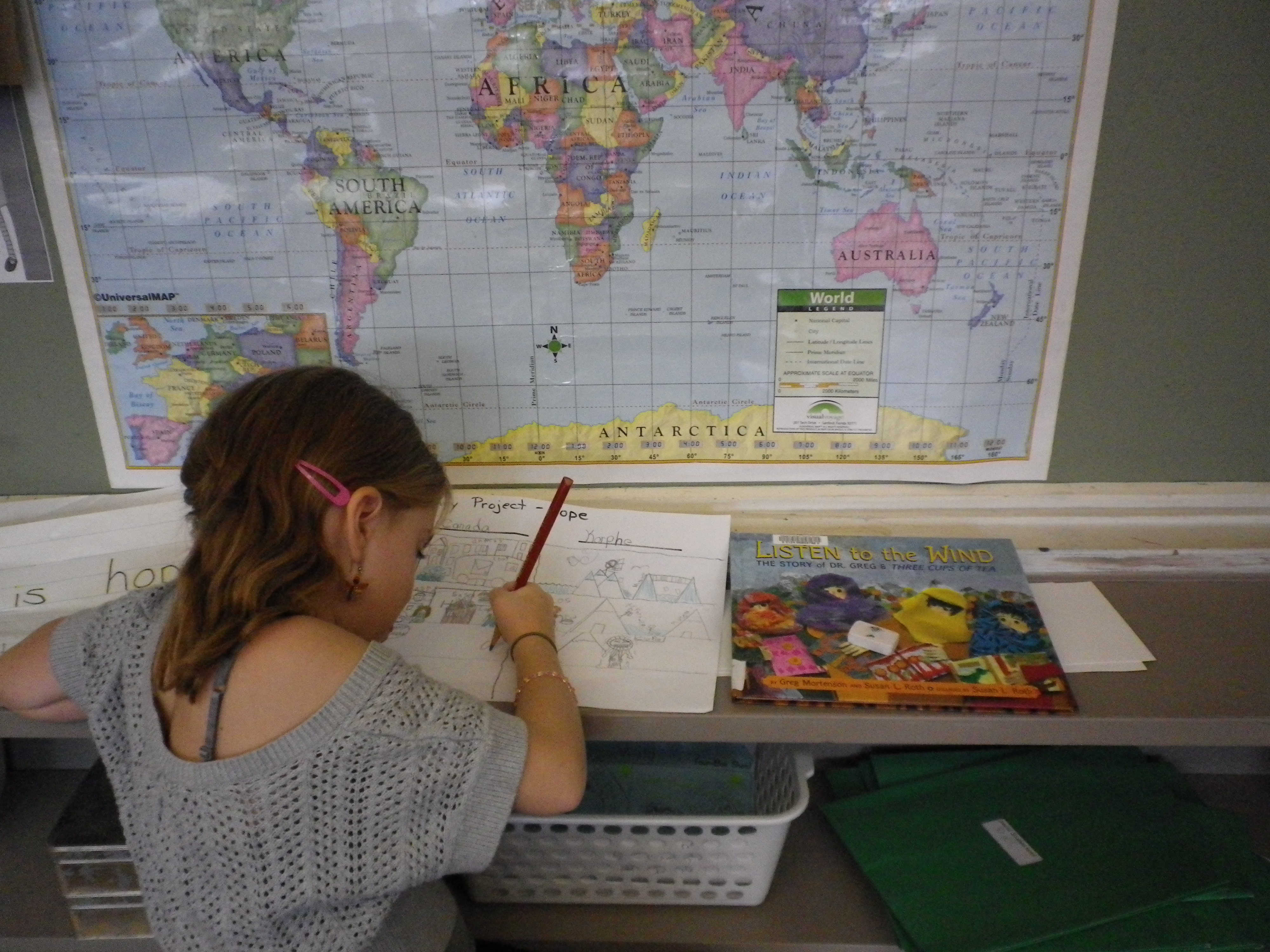I want to share with you one of the most taxing and emotional experiences I have had in my three decade long career as a teacher. I work with a very challenging group of students who all have aggressive, violent tendencies and have significant struggles in learning socially appropriate skills they need to function in their day-to-day lives. As their teacher I am faced with the task of helping them develop self-regulation strategies, teach them how to interact with peers and adults in a safe and respectable manner and of course move them forward on the academic continuum.
In September, one of my students was struggling with complying to simple adults requests and would often escalate to verbal barrages of profanity in an attempt to goad me and/or my team into an argument. We of course would not buy into his behavior, so that student decided to further escalate the scenario to aggressive acts of throwing things, kicking things and yelling insults. Once again we remained calm and focused on our message of coaching that student to calm. On this particular occasion, the student chose to completely ignore us and began to punch a wooden bookshelf. At that point our team was faced with the burden of having to remove the rest of the students and physically intervene in order to stop the student from certain injury. My colleague and I then moved into a physical restraint that lasted for about 15 minutes at which time the student calmed and we were able to move forward with our debriefing session.
When the student was calm I checked for injuries on the hand that had punched through a wooden bookcase. We administered proper first aid, fully documented the scenario that had took place in our classroom, had kept our principal informed throughout the process and finally called the parent to update her on what had occurred and the status of her child. Throughout the day we monitored the student’s hand, updated the parent and continued on with our inclass model of assisting the student with solving the problem that was created.
That evening I was informed by my principal that the police had been called by the parent and that Family and Children’s Services was going to conduct an investigation into the allegation the next morning. I immediately contacted my ETFO President to seek advice. Over the next 12 hours I was on an emotional roller coaster. I checked and rechecked all of our documentation, went over the child’s safety plan that we had followed and prepared to the best of my abilities for what was to come.
The next morning I participated in a meeting that included my principal, our superintendent, my ETFO President and the worker from Family and Children’s Services. Over the next three hours I answered questions, shared my documentation, toured my class where the scenario had taken place, shown them the damaged book case and then waited for what seemed like eternity for a decision as to whether I would be deemed safe to return to my professional responsibilities.
Fortunately for me, the evidence was extremely clear that my team had not only acted in the best interest of the child to ensure that further injury did not occur but had also had used our Behaviour Management System training and safety plan appropriately. BUT, had it not been for there being two adults there, detailed and ongoing documentation, clear and open communication to all parties and support from ETFO I am sure that this could have easily turned into a larger nightmare for me.
So once again, I encourage you to safeguard yourself against the possibility of false allegations by familiarizing yourself with safe practices as outlined by our provincial office. If you have any questions please seek support from your union. I hope that my experience can help ensure that other teachers do not ever have to face what I went through.


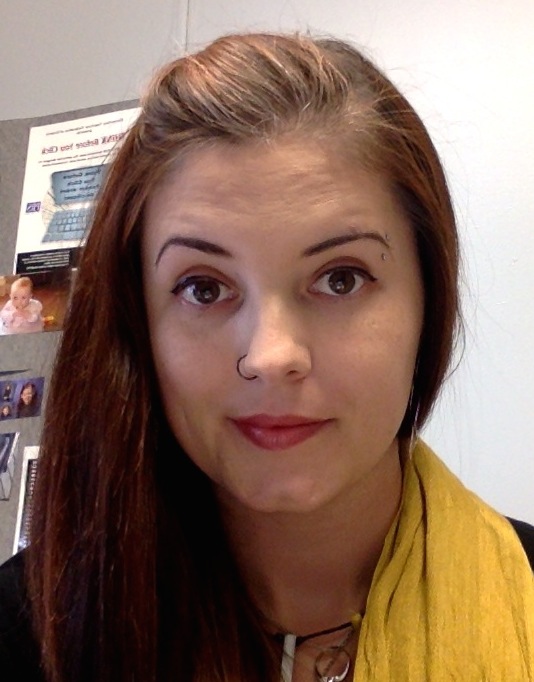


 e kids need a reminder that it is getting too loud. When it gets to just NO – that means there is NO Talking. It took a few times for them to get to the No Talking part to realize they needed to keep it down. I have paired this with an app that shows the decibels of the room so the lunch helpers don’t have to guess, and have just given them an upper range and when the class goes over that limit, take down a letter. I project the app on the screen so the kids can see where they are as well – add a little science to their snack time!
e kids need a reminder that it is getting too loud. When it gets to just NO – that means there is NO Talking. It took a few times for them to get to the No Talking part to realize they needed to keep it down. I have paired this with an app that shows the decibels of the room so the lunch helpers don’t have to guess, and have just given them an upper range and when the class goes over that limit, take down a letter. I project the app on the screen so the kids can see where they are as well – add a little science to their snack time!


